Optimal Timing for Garden Pathway Paving
Choosing the optimal time for installing garden pathway pavings depends on various factors including weather conditions, soil moisture levels, and project complexity. Proper timing ensures a durable and visually appealing result, minimizing disruptions caused by adverse weather or soil instability.
Spring and early fall are generally considered optimal due to moderate temperatures and lower rainfall, which facilitate proper curing and settling of paving materials.
Avoid installation during extreme heat or cold, as these conditions can affect adhesive and setting times, leading to potential issues with paving longevity.
Timing should also account for soil moisture; dry ground provides better stability, whereas excessively wet soil can cause shifting or uneven surfaces.
Scheduling during periods of low project demand can lead to more efficient installation and reduced delays.

Ways to make Garden Pathway Pavings work in tight or awkward layouts.

Popular materials for Garden Pathway Pavings and why they hold up over time.

Simple add-ons that improve Garden Pathway Pavings without blowing the budget.

High-end options that actually feel worth it for Garden Pathway Pavings.

Finishes and colors that play nicely with Garden Pathway Pavings.
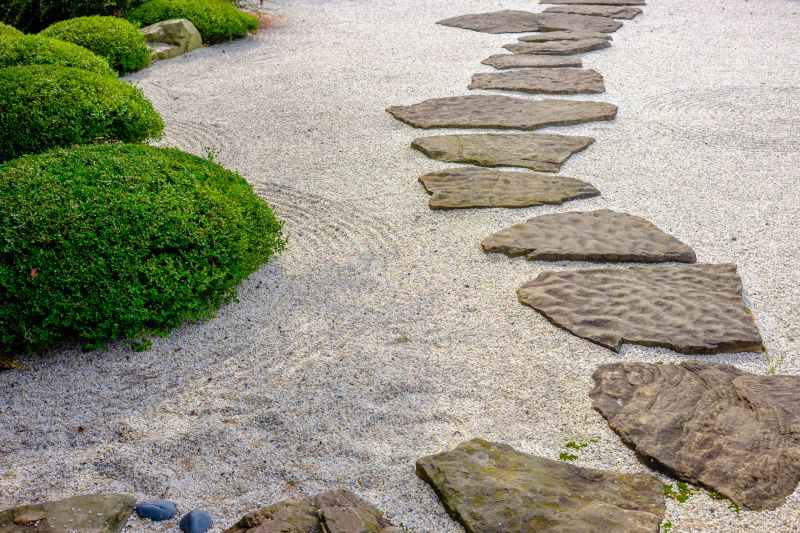
Little measurements that prevent headaches on Garden Pathway Pavings day.
Garden pathway pavings enhance outdoor aesthetics and functionality. Proper installation ensures durability and ease of maintenance. Materials such as natural stone, concrete, and brick are popular choices, each offering unique benefits in terms of appearance and longevity. The installation process involves site preparation, precise laying, and finishing to create an even, stable surface. Proper timing minimizes the risk of cracking, shifting, or uneven settling, extending the lifespan of the pathway.
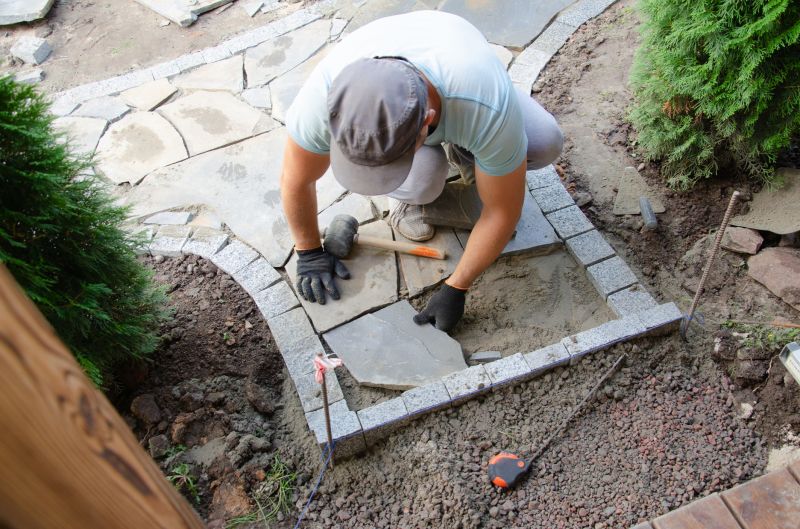
A 60-second routine that keeps Garden Pathway Pavings looking new.

A frequent mistake in Garden Pathway Pavings and how to dodge it.
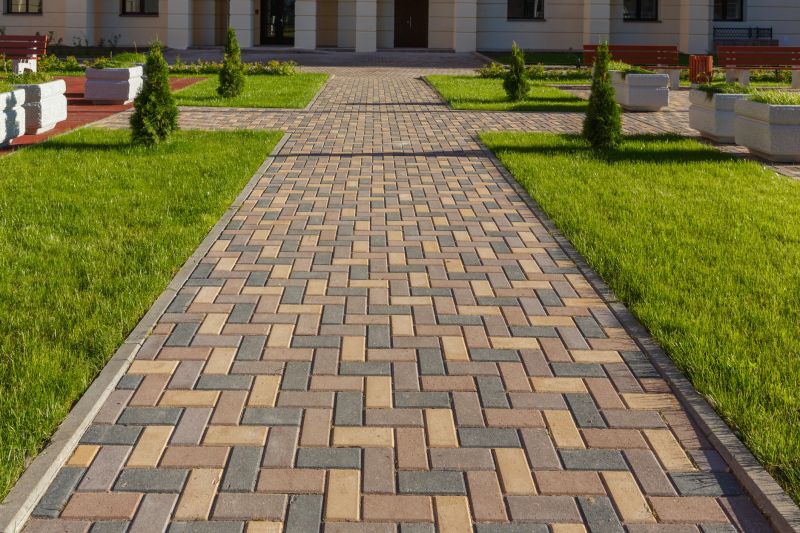
Small tweaks to make Garden Pathway Pavings safer and easier to use.
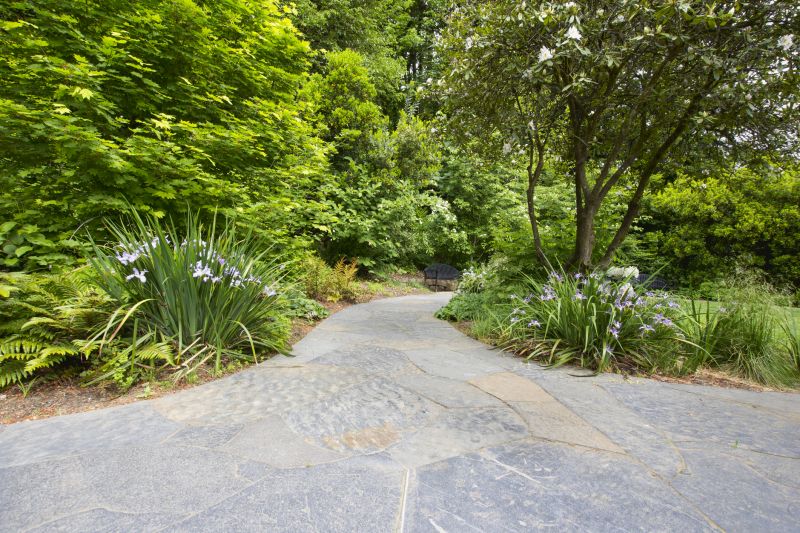
Lower-waste or water-saving choices for Garden Pathway Pavings.
| Factor | Best Timing Advice |
|---|---|
| Weather Conditions | Install during moderate temperatures with no rain forecast |
| Soil Moisture | Schedule when soil is dry and stable |
| Season | Spring or early fall for optimal conditions |
| Project Demand | Choose periods of low activity for better scheduling |
| Material Curing Time | Allow sufficient time for materials to set before use |
Optimal timing for garden pathway paving projects contributes to the durability and aesthetic appeal of the finished surface. Proper planning around weather and ground conditions ensures a smoother installation process and longer-lasting results. When considering the best time to undertake paving, it is essential to account for local climate patterns and soil conditions to achieve the desired outcome.

The short, realistic tool list for quality Garden Pathway Pavings.
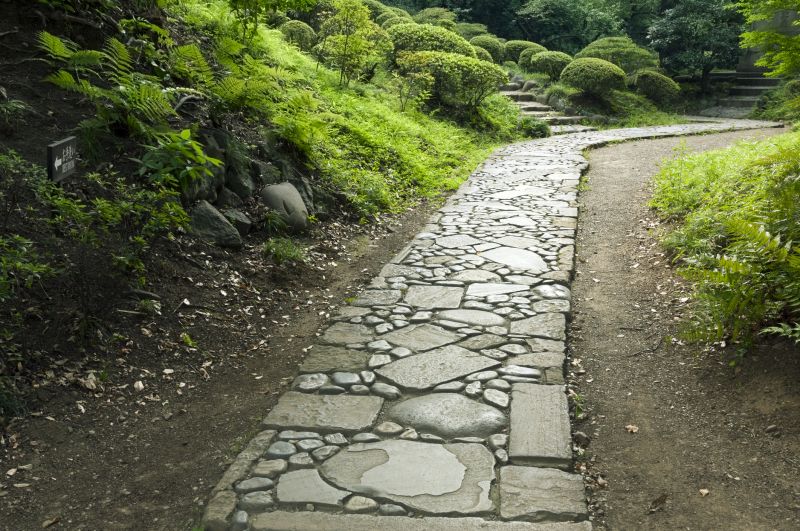
Rough timing from prep to clean-up for Garden Pathway Pavings.
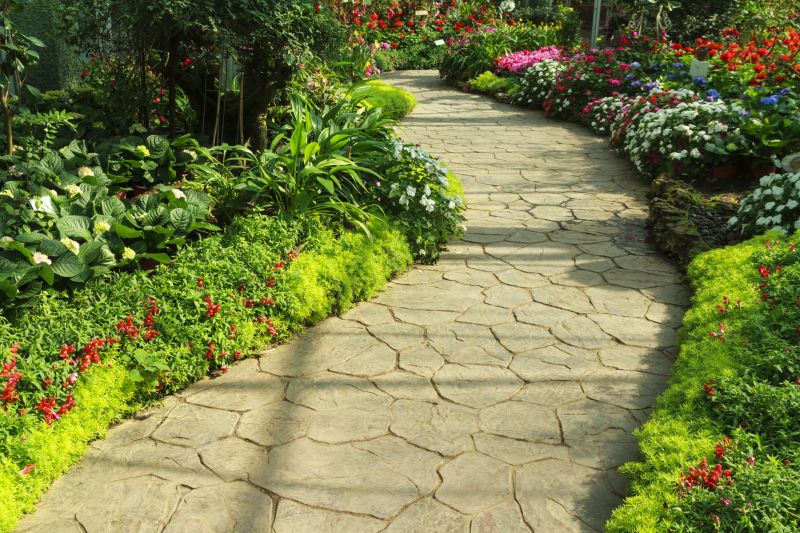
Quick checks and paperwork to keep after Garden Pathway Pavings.
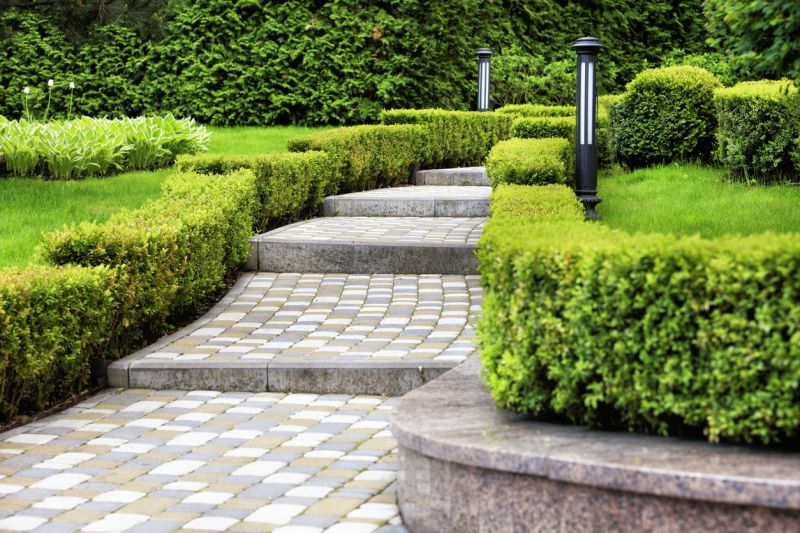
Examples that show the impact a good Garden Pathway Pavings can make.
Interested in installing a garden pathway? Filling out the contact form can provide additional information and assistance to plan the best timing for paving projects, ensuring a successful and enduring installation.
